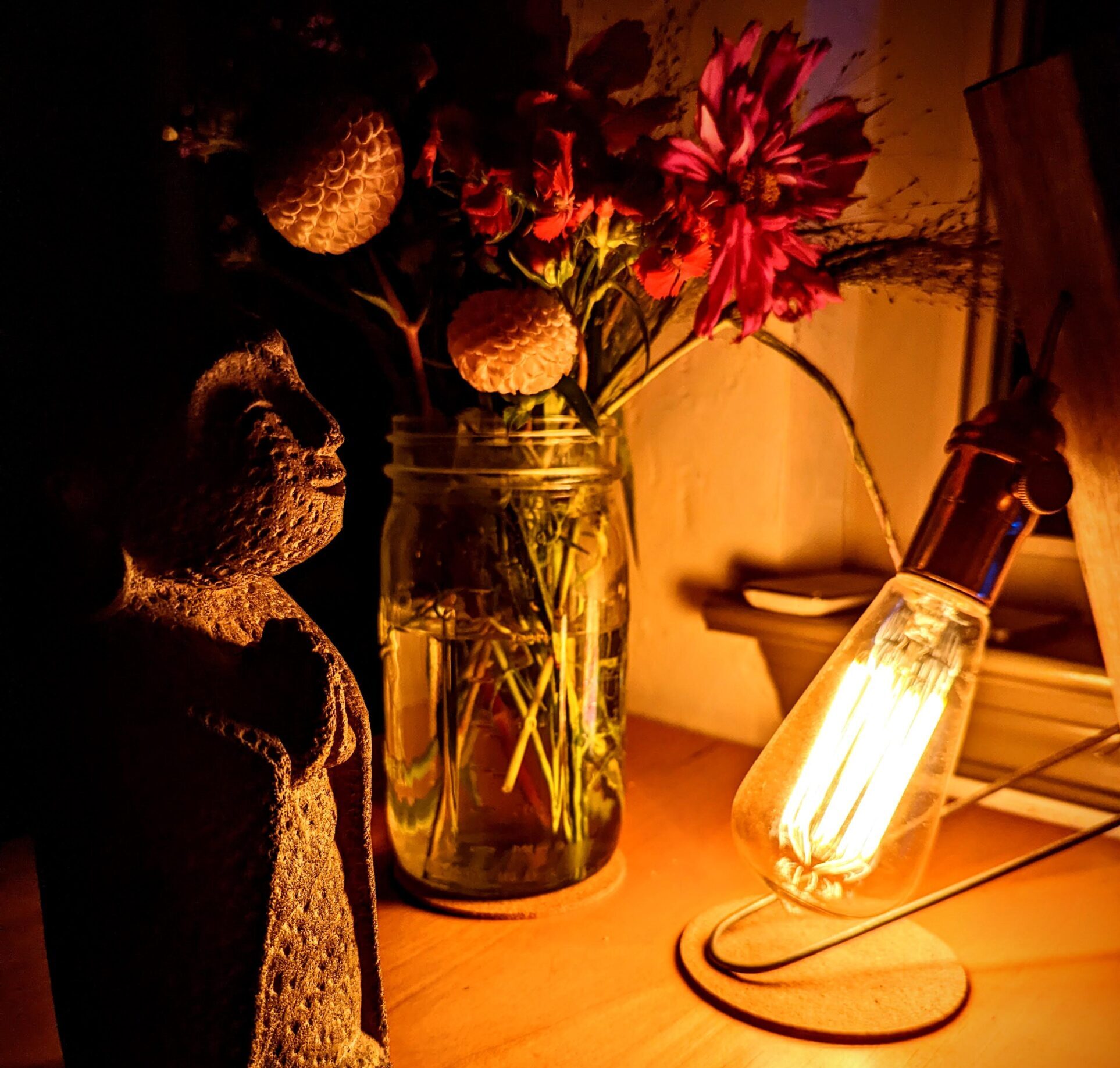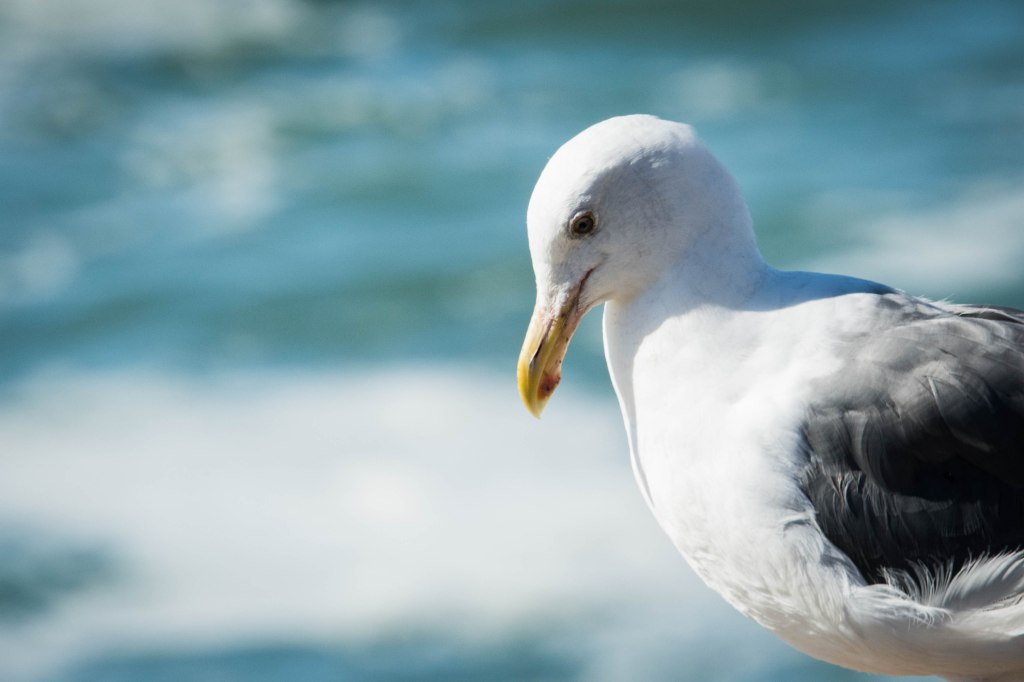A morning in Cambria and a mere 383 photos later, I have made certain additional discoveries.
Lessons Technical
- Shooting with a new camera, a new teleconverter and an unfamiliar polarizing filter is a recipe for information overload.
- 3D focus tracking is less useful than one might think if the birds, the ocean, and the bushes are all moving.
- A polarizing filter is a wonderful thing when shooting sea and sky on a sunny day.
- But wildlife will not hold still just because you want to adjust the tint of things.
- Most cormorants are black. And glossy. As black as something that just rose out of a tar pit, and as glossy as if they had obsidian bonded to their wings, and however detailed their feathers look to the naked eye the camera is having none of it. So here are my photos of the few greyish cormorants that were sunning themselves on the Cambria rocks. Someday I will triumph over the little buggers. But not today.




Lessons Natural
- Seagulls can look contemplative. Who knew?
- Ground squirrels, the bane of every North County gardener, have intelligent little faces that make me feel somewhat guilty about Things I Have Done to Them in the Past.
- People will shy away from an advancing telephoto lens, even if they aren’t obscuring the shot.
- Cormorants live in hellish Boschian hordes, all flapping wings and writhing necks, crowds of sleek bodies spilling over guano-encrusted rock outcroppings. Which makes isolating a subject a bitch, unless you focus on the inevitable solitary seagull who looks like an angel that wandered in from an Abbott Handerson Thayer painting. But then it’s somewhat less a photograph of a cormorant.



I keep dreaming of taking pictures at the Cambria Scarecrow Festival. Which was, in fact, this weekend. But first I would have to get over expecting scarecrows and finding only papier mache.
Trying out my new Nikon D7100 and 1.4x teleconverter on the local wildlife.


Leave a comment